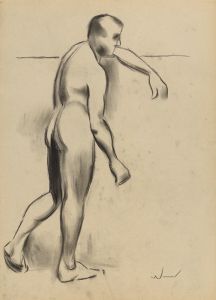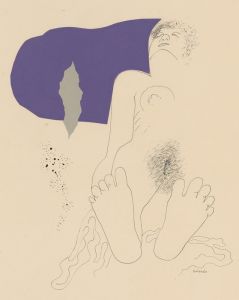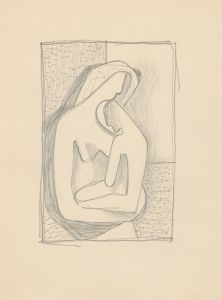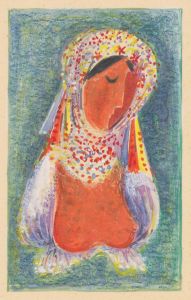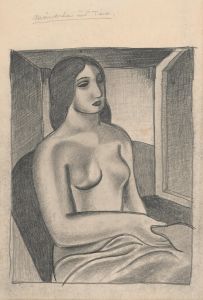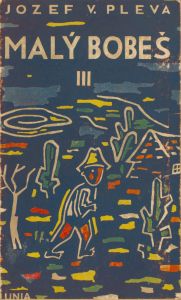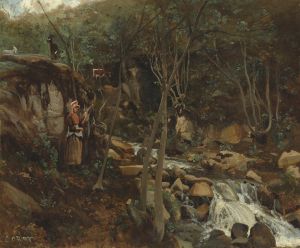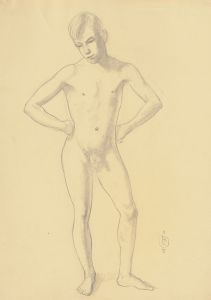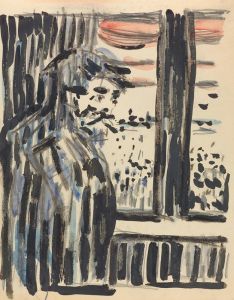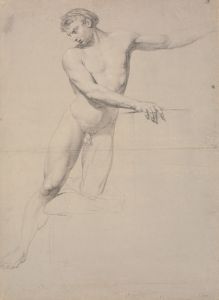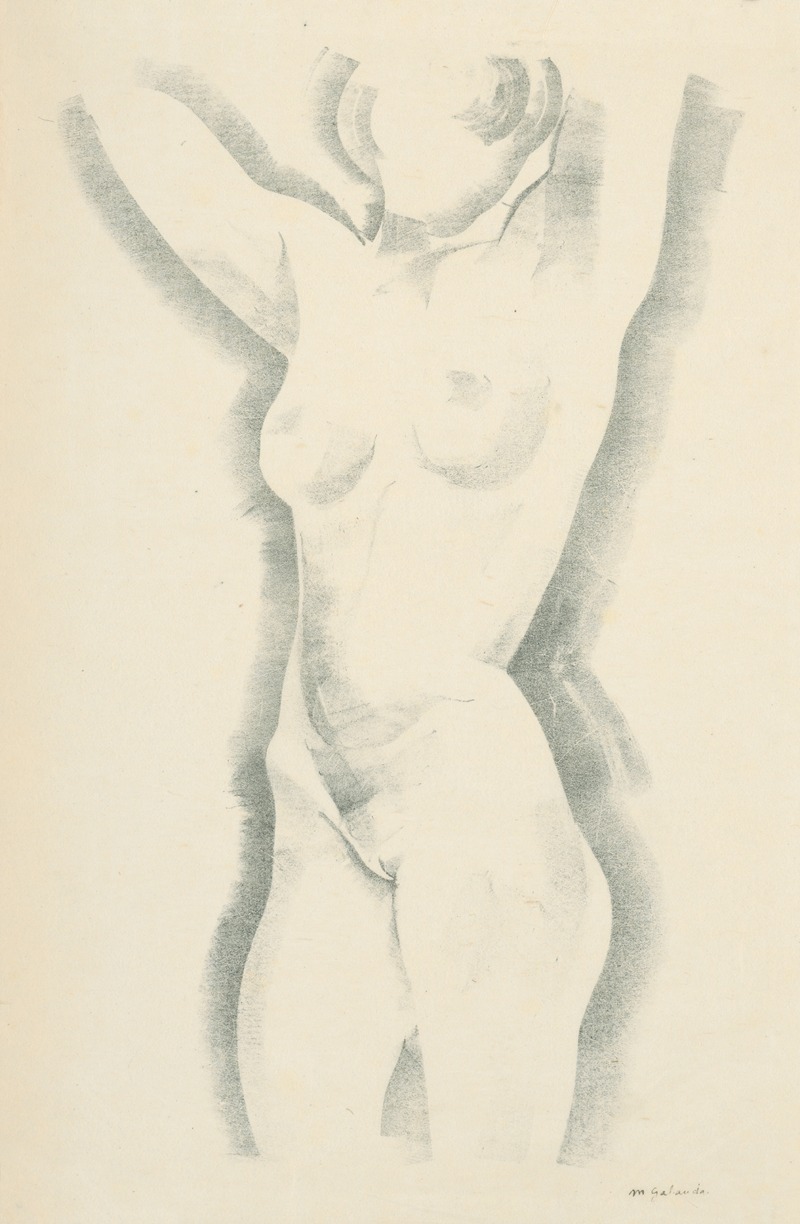
Stojaci ženský akt
A hand-painted replica of Mikuláš Galanda’s masterpiece Stojaci ženský akt, meticulously crafted by professional artists to capture the true essence of the original. Each piece is created with museum-quality canvas and rare mineral pigments, carefully painted by experienced artists with delicate brushstrokes and rich, layered colors to perfectly recreate the texture of the original artwork. Unlike machine-printed reproductions, this hand-painted version brings the painting to life, infused with the artist’s emotions and skill in every stroke. Whether for personal collection or home decoration, it instantly elevates the artistic atmosphere of any space.
Mikuláš Galanda was a prominent Slovak painter and illustrator, recognized as one of the leading figures in the development of modern Slovak art in the early 20th century. His work, "Stojaci ženský akt" (Standing Female Nude), is an exemplary piece that showcases his unique style and contribution to the art world.
Galanda was born on May 4, 1895, in Turčianske Teplice, then part of the Austro-Hungarian Empire. He studied at the Academy of Fine Arts in Budapest and later at the Academy of Fine Arts in Prague, where he was influenced by the modernist movements sweeping through Europe at the time. His exposure to various artistic styles and his academic background played a significant role in shaping his artistic vision.
"Stojaci ženský akt" is a testament to Galanda's skill in blending traditional themes with modernist techniques. The painting features a standing female nude, a subject that has been a central theme in art history, symbolizing beauty, form, and the human condition. Galanda's interpretation of this classic subject is marked by his distinctive use of color, form, and composition, which reflect the influences of Cubism and Expressionism.
The painting is characterized by its bold lines and simplified forms, which are typical of Galanda's style. He often employed a limited color palette, focusing on earthy tones that give his work a sense of warmth and intimacy. In "Stojaci ženský akt," the use of these colors enhances the natural beauty of the human form, while the abstracted shapes and lines suggest a departure from realism, inviting viewers to engage with the painting on a more conceptual level.
Galanda was part of a group of Slovak artists known as the "Generation of 1909," who sought to break away from the academic traditions of the time and embrace new artistic expressions. This group was instrumental in introducing modernist ideas to Slovak art, and Galanda's work, including "Stojaci ženský akt," played a crucial role in this cultural shift. His paintings often explored themes of identity, nature, and the human experience, reflecting the broader social and cultural changes occurring in Slovakia and Europe during the early 20th century.
Throughout his career, Galanda's work was celebrated for its innovative approach and emotional depth. He was not only a painter but also an illustrator and graphic designer, contributing to various publications and exhibitions. His legacy is preserved in numerous Slovak galleries and collections, where his work continues to inspire and influence new generations of artists.
"Stojaci ženský akt" remains an important piece within Galanda's oeuvre, exemplifying his ability to merge traditional artistic subjects with modernist techniques. It stands as a significant contribution to Slovak art history, reflecting the dynamic interplay between tradition and innovation that defined Galanda's career.





